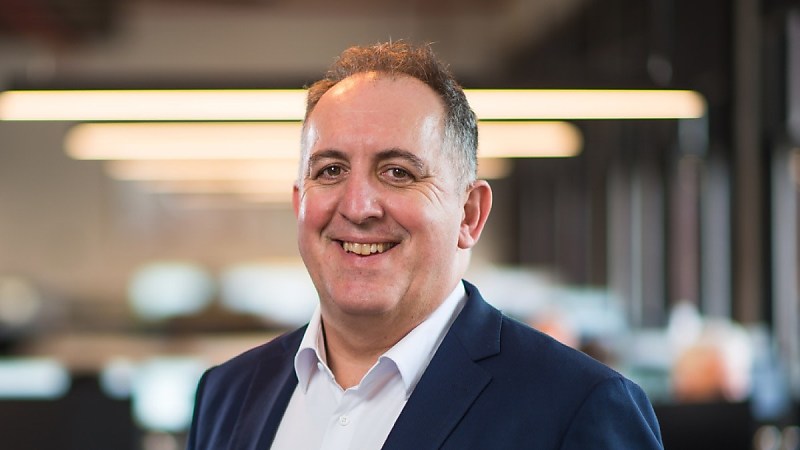Long-term deposits a safer option for SMSFs: expert
SMSFs should consider long-term deposits rather than sitting on cash, says a leading investment adviser.
Jamie Nemtsas, director of Wattle Partners, said SMSFs should consider transferring some of their cash deposits to long-term deposits with a locked-in interest, rate which currently sits at around 5 per cent.
“As cash rates are presently high many people believe they will get a better return by leaving their investments in a cash deposit,” he told SMSF Adviser.
“A lot of people won’t lock part of their portfolio into a term deposit because they can get a similar return with a cash deposit, but they run the risk of the cash rate dropping again to around 2 or 3 per cent, so cash could actually end up costing them.”
Mr Nemtsas said an old but effective strategy he recommends is to take money, or a fixed income, out of a cash deposit, divide it into five equal parts, and put those into term deposits of one to five years.
“It’s called riding the yield curve,” he said.
“You can lock in the government guaranteed rates on a fixed term deposit, spread it out over five years and every year roll one out.”
As of 30 June last year, Mr Nemtsas said, self-managed super funds held cash and term deposits totalling $140 billion, which was around 16.7 per cent of total net SMSF funds under management.
That had fallen from 30 June 2014, when cash and term deposits accounted for 27.4 per cent of net SMSF funds under management.
According to the director, the current volatile investment climate presents further argument that having a higher weighting of cash in an SMSF is a safer bet, with five-year term deposits at around 5 per cent.
Mr Nemtsas added that the heavy cash weightings of SMSFs have often been derided by the bigger retail and industry funds that said it demonstrated a lack of investment expertise, however the case for including more cash in an SMSF has only been growing over the past few years.
“The bigger funds never factored in, or deliberately left out, the need for SMSFs to be far more liquid,” he said.
Considering the government guarantee of $250,000 per deposit, Mr Nemtsas said an investor with $1 million could split their capital into four tranches and essentially have risk-free capital paying about 5 per cent a year.
“Compare that return with the balanced funds of the APRA-regulated funds and the results are more than a little interesting,” he said.
“Over five years, balanced index funds 50:50 split between growth and defensive achieved, on average, a 4.6 per cent return.”
In an environment that looks economically uncertain, and while the return on growth assets is questionable, Mr Nemtsas contended that it makes sense not to add extra risk if an SMSF can have a guarantee of 5 per cent growth over five years.
“If you look backwards, the big superfunds with a balanced approach put 50 per cent of assets in riskier investments and 50 per cent in safer ones,” he said.
“The returns are on average around 5 per cent.
“If you allocated it to a term-deposit, on a five-year basis, you could potentially get higher than that.”


